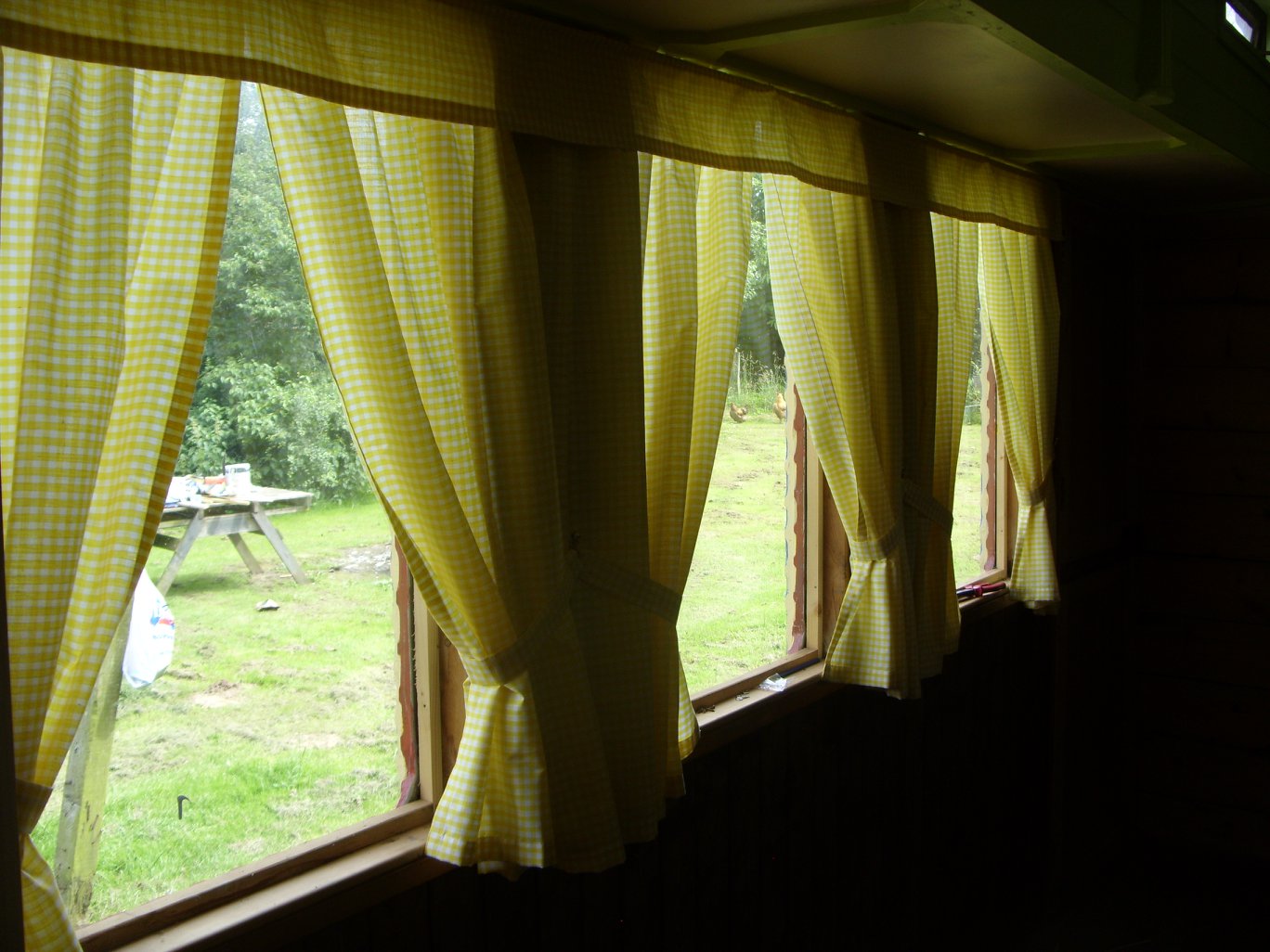

Curtain related terminology
It's not always easy to understand the anatomy of a curtain, like most things, fabricators of curtains have their own language, in this 'help post' we have tried to cover the key terms and things to think about when considering your needs, but don't worry, if your query isn't covered, just leave a comment at the bottom and we'll get right onto it, and don't forget, Tovey can help you with all these things just use the contact page.
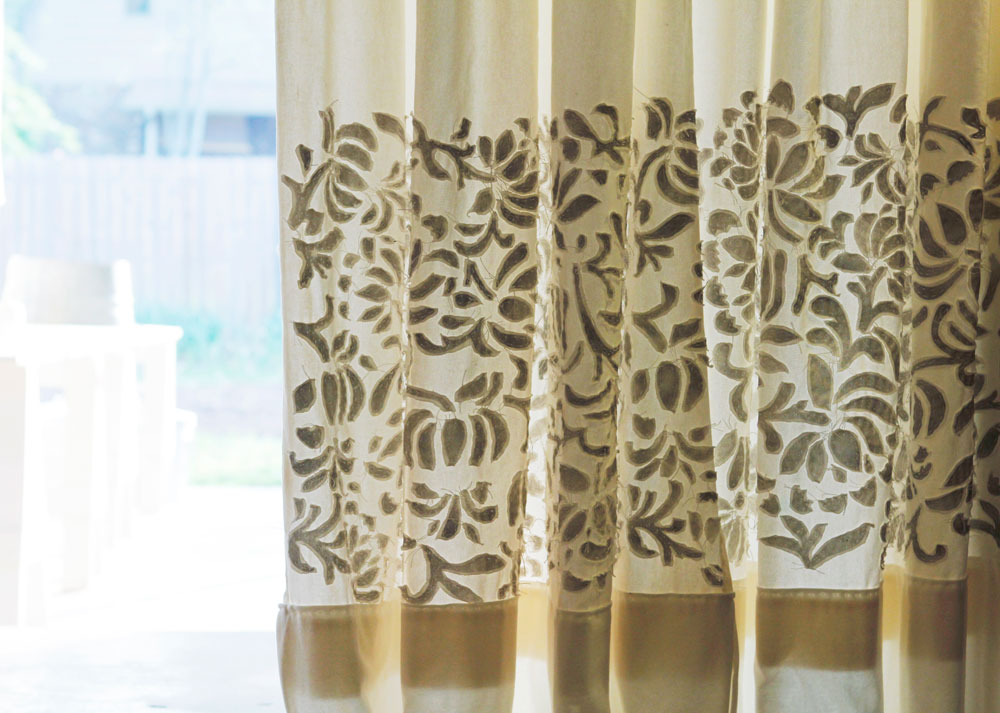
Appliqued
This is a design style involving two materials with one sewn on top of the other.

Blackout Lining
A coated material which prevents the light from seeping through the material and entering a room.
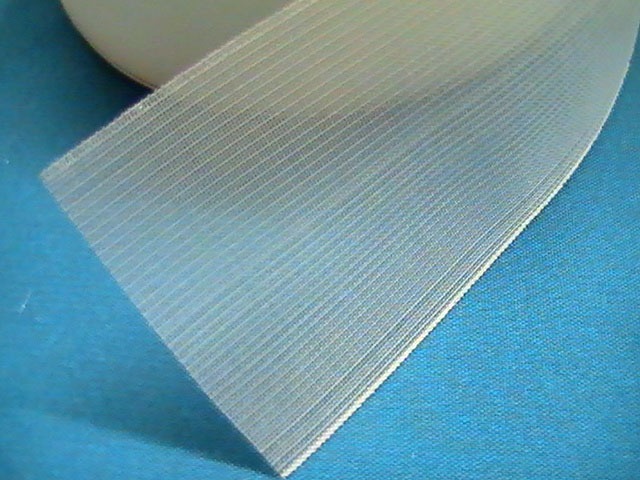
Buckram
This is used to stiffen curtain headings.

Bump
Soft and thick, this material (usually cotton) is often used for interlining fabric.
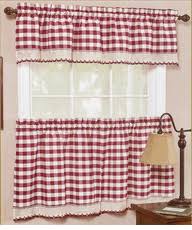
Cafe Curtains
Cafe curtains come halfway up a window a classic look for old style cafes.
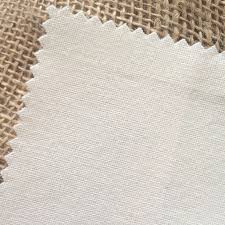
Calico
A plain cotton weave very similar in appearance and feel to muslin.
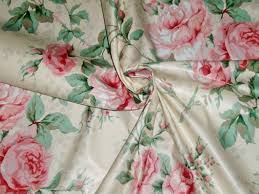
Chintz
A bright glazed fabric in cotton.
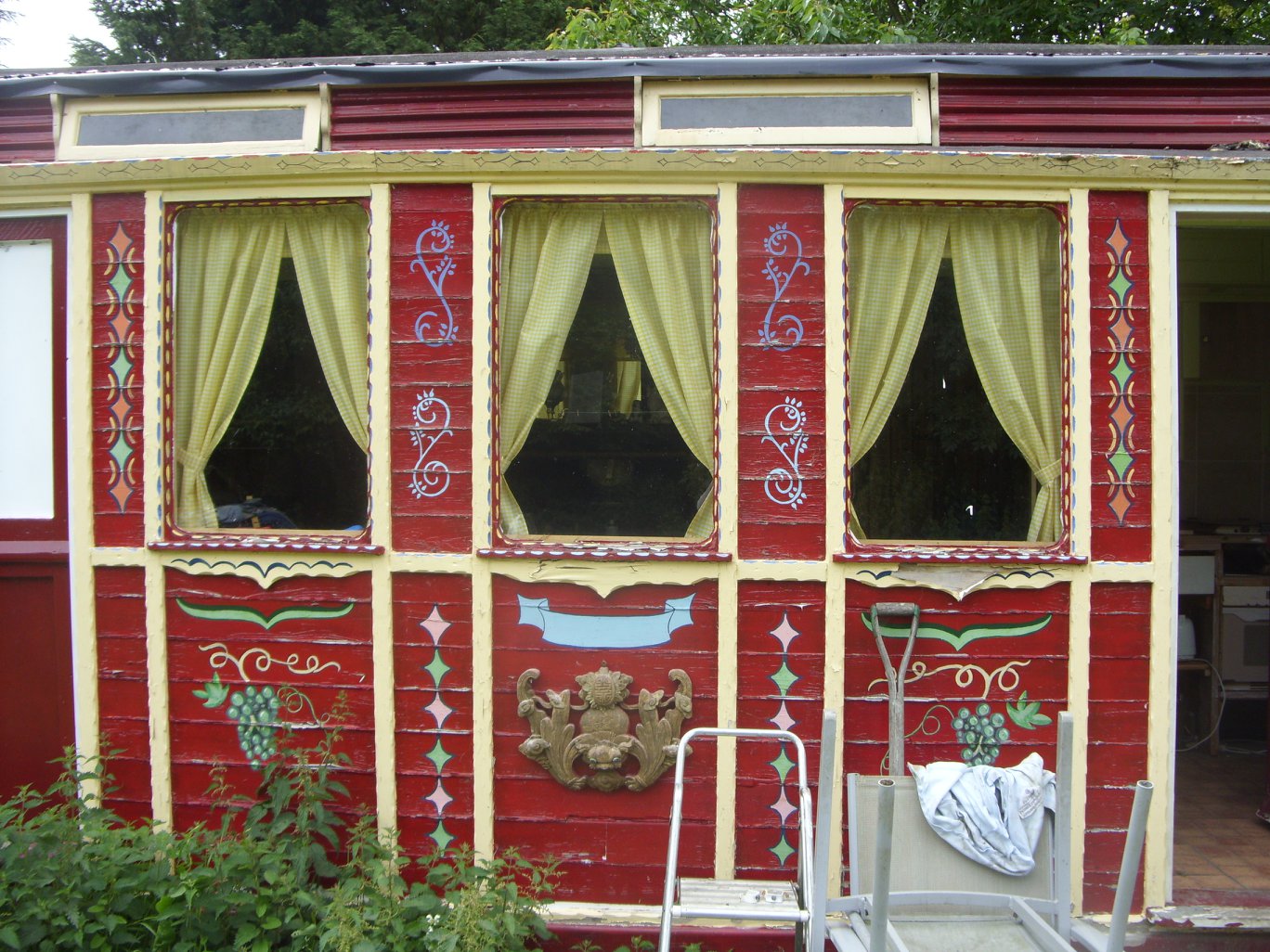
Drapery Panels
Panels cover the panes of your windows. They are the swaths of fabric we’re most accustomed to calling “curtains”. Fabric choices can block or let in sunlight, insulate from heat or cold, and come in any number of colors and textures. Consider your privacy needs and light requirements, before you start attempting to pick stylized details like pleated, accordioned, or ripplefolded (explained later).
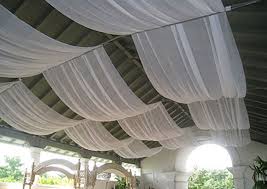
Draping
Draping is a way of looping and securing fabric in graceful (or not very graceful depending on the look you are going for) curves and folds. They usually compliment the other fabrics being used.
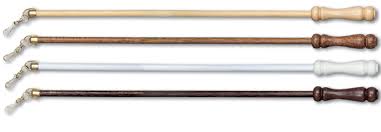
Draw or Drawing
Drawing the curtains means to open or close the curtains, this can be in a number of ways as all curtains are different. Some are on tracks and have a cord to pull one way or another, others that are high up and may be made from heavy material can have a 'Draw rod', a pole or dowel that hangs down from the leading edge of the curtain to help draw it from the top, where it slides easier than pulling the bottom of the curtain, due to friction. It is always worth thinking about how the curtains will be drawn during the design stage.

Fullness
Fullness refers to the width of the fabric in relation to the curtain rod. A lot of curtains are two or even three times the length of the rod overall, giving them a 'full' look, it's worth considering this before you choose your fabric.
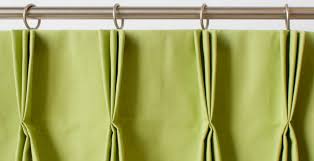
Headings
Headings deal with the very top hem of your curtain. They greatly influence the overall theme and feel of the entire window treatment. Be it formal, modern, or casual these pieces also have a functional element that dictates how the panel will slide along the rod. For instance, with a basic heading, rings and hooks connect to the top hem itself allowing curtains to move about easily. Alternately, rod-pocket headings are better for more stationary curtains while tab-tops add a soft romantic feel.

Nap
Nap is a fabric with a texture or design that runs on one direction such as corduroy and velvet. A fabric with a nap will often look different when viewed from various directions. When using a fabric with a nap, all pieces must be cut and sewn together so the nap runs in only one direction.

Overlap
The overlap is the area where drapery panels lap over each other at the center, that may be because a two-way traverse rod is being used that has a section that allows the curtains to overlap.
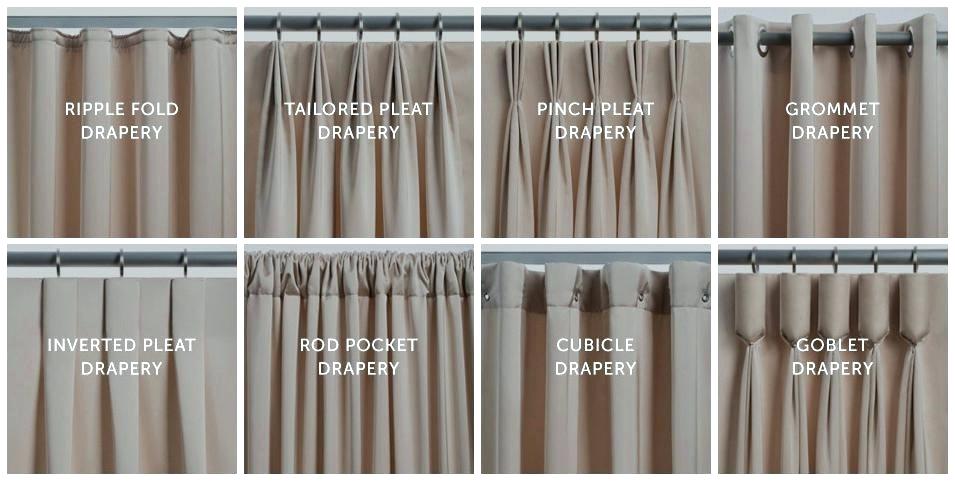
Pleated
Pleats in a curtain add gentle folds, usually evenly spaced giving a rich, ironed look to your curtains, the pleated curtains can be made in a number of ways so that the folds look sharp or soft, giving a different feel and look depending on what you like.
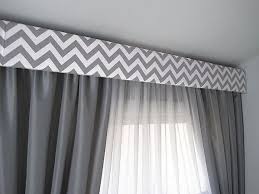
Pelmet
A Pelmet or cornice is similar in style to a valance. However this type of hard face treatment differs in that the board itself adds to the overall look. Straight, curved, scalloped, or stepped, cornices usually feature taut upholstery fastened on all sides. However, if you like the look of wood, you can opt out of the fabric coverings in favor of carved details like crown molding.
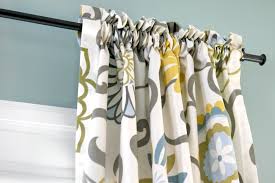
Rod-Pockets
A rod pocket is a simple tube sewn into the header of the curtain to allow a rod to be threaded through. This is a great way to have your curtain stay closed at the top and then use a Tie-back to open them when you need more light. Some windows can look fantastic with a light white material, allowing the light in but privacy at the same time, rod-pockets help achieve the right look. Rod-pockets are not ideal if you want to draw the curtain fully open at the top as the material bunches and doesn't slide very well.
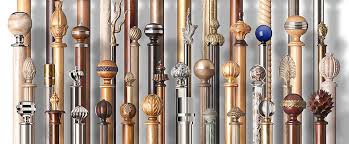
Rods
Rods are essential hardware that fasten your fabric curtains and panels to the brackets installed on the wall. They typically rest a few inches above your window. However placing them part way up your wall near the ceiling is a great way to add height to your room by lengthening the treatments. Sometimes rods are hidden by valances or cornices (which we’ll discuss shortly), making them purely functional. Others double as decorative elements that can enhance the style of your room.
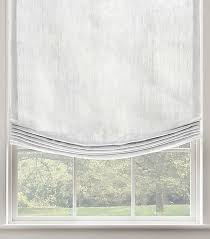
Soft Roman blinds
Soft Roman blinds fit tightly within the frame of your window or outside the frame to diffuse or block out light. They can be used exclusively or in addition to drapery panels. They differ from blinds since they cannot be individually moved and must be “pulled” as a collective whole. From Roman blinds to natural woven wood blinds, pattern embellished roller shades, they add a great deal of character to your windows.

Tab tops
As the name suggests, tab-top curtains have individual tabs that the curtain rod or pole slides through. They work better than rod-pockets when it comes to opening and closing your curtains from the top, but depending on your material, weight (of the curtains that is) and the length of the pole/rod there can be difficulties still. But they look great and add a feature in themselves at the header.
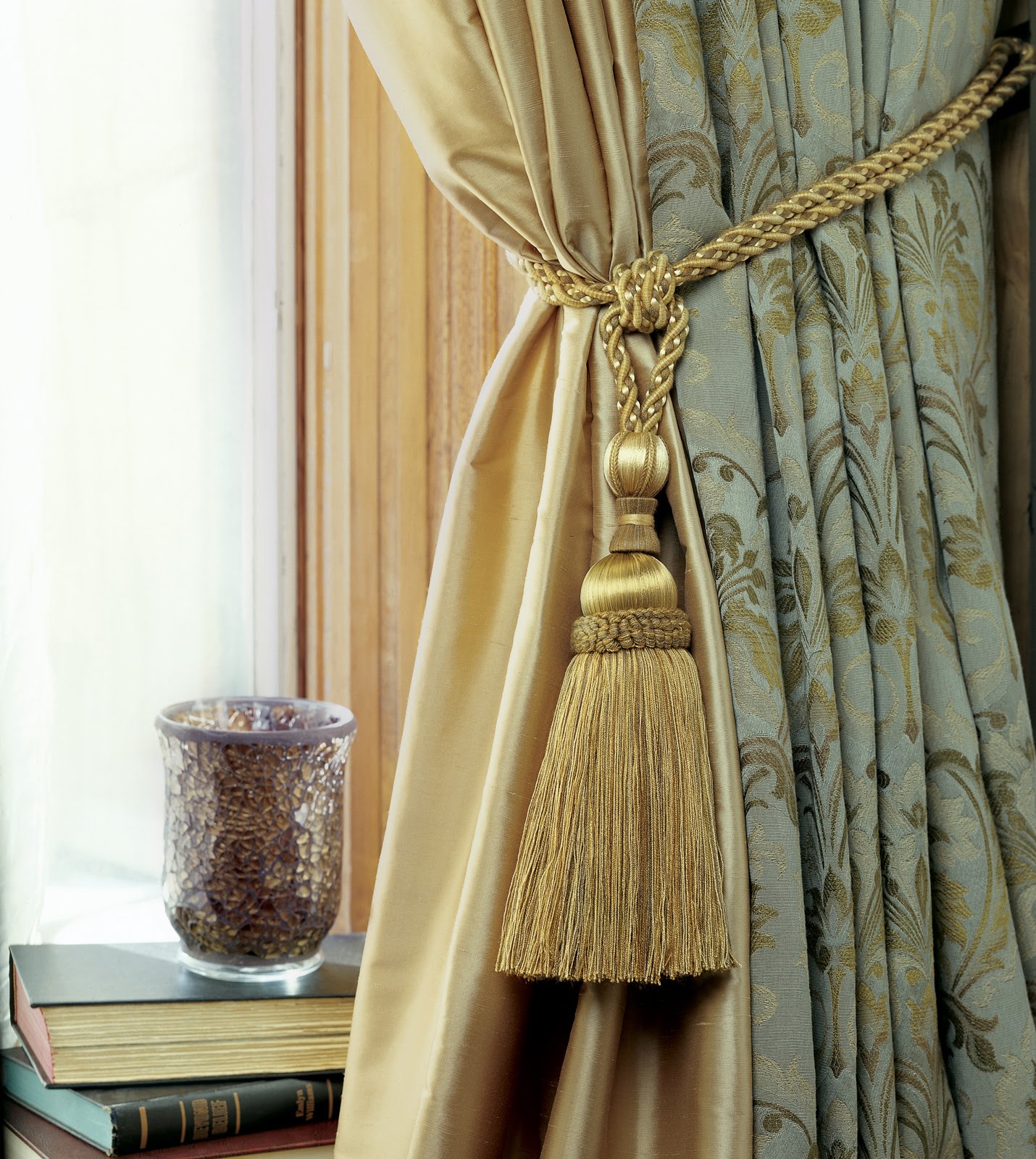
Tiebacks
Tiebacks give you the versatility to pull curtains to the side for more light at different times of the day. Depending on the room you may also want to use them to direct attention to a particular outdoor view. Some tiebacks are composed from simple fabrics or ribbon that matches or complements your drapery panels. Others tiebacks are metal hardware known as rosettes that sit part way down your window (about elbow level). They attach to the wall with brackets to “hook” fabrics and complement the rod, valance or cornice.
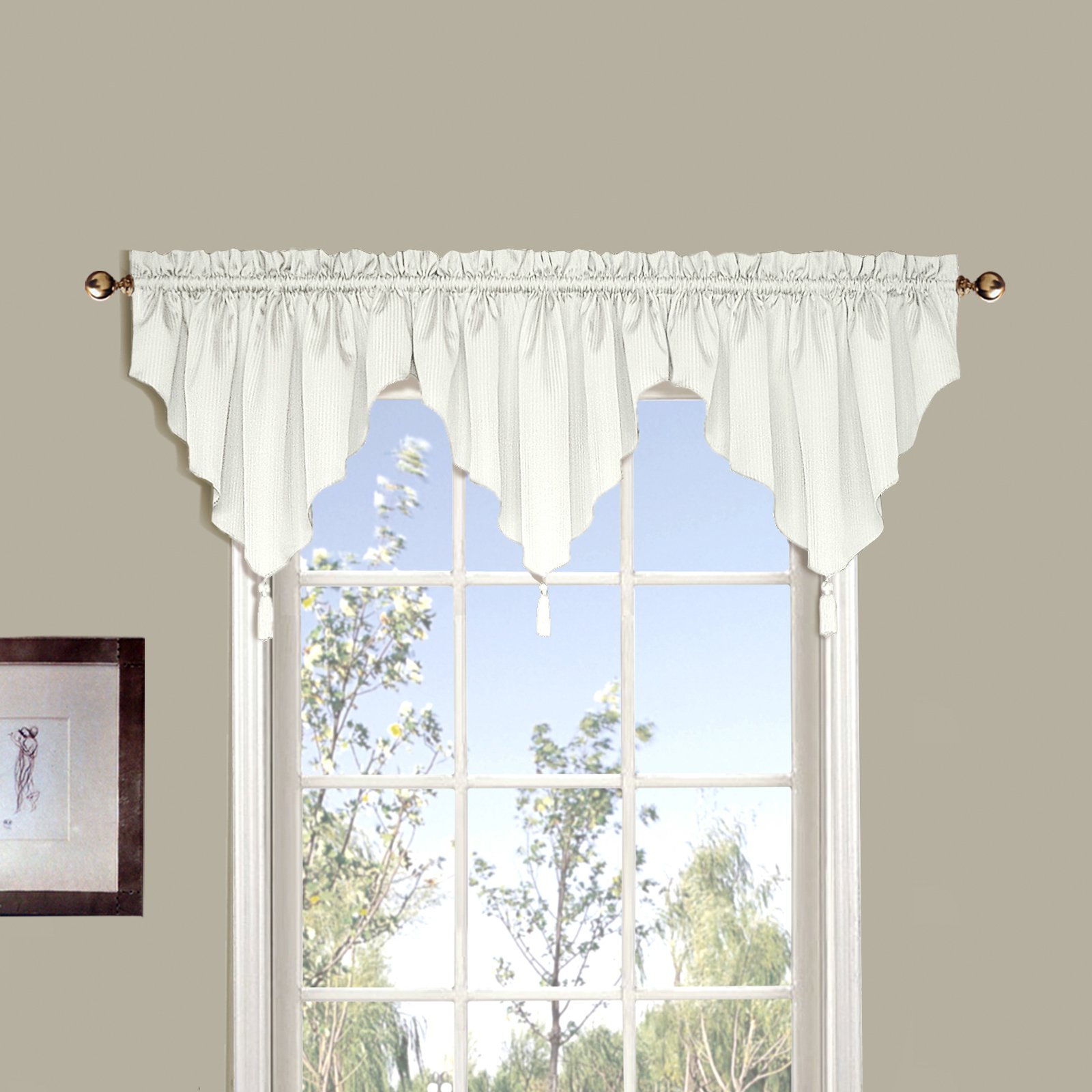
Valance
Valances fit over the curtain rod and headers, occupying the top few inches above your window. The rod may be affixed to the valance itself and bracketed to the wall. The bottom edge of the valance hangs independent to show off fabric styles of all variety. Whether trimmed with beadwork, pleated all the way across, or flat, these are a highly decorative element designed to enhance the look of any space.
